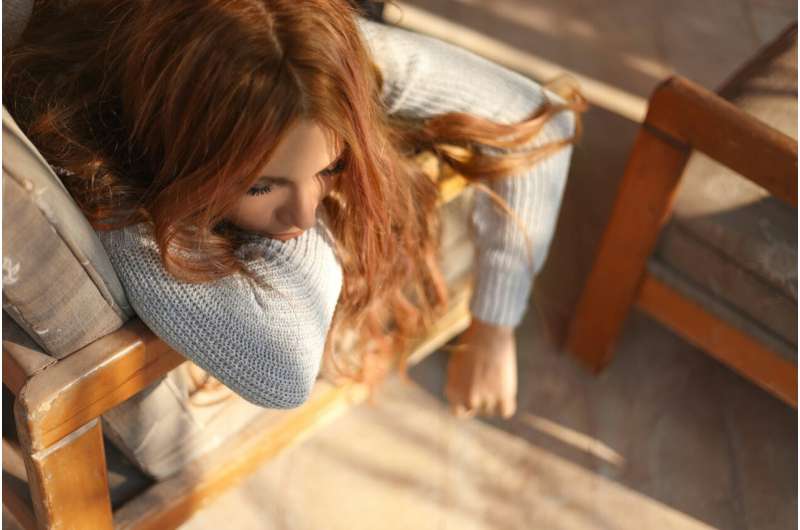Children with Liver Disease Face Significantly Elevated Risk of Early Mortality

Recent research from the University of California San Diego highlights a concerning link between childhood liver disease, specifically metabolic dysfunction-associated steatotic liver disease (MASLD), and increased mortality risk. The study, published in Hepatology, followed 1,096 children over an average of 8.5 years, revealing that nearly 3.4% of these children died during the period—a rate over 40 times higher than the general pediatric population.
MASLD, previously known as nonalcoholic fatty liver disease (NAFLD), is now recognized as the most common chronic liver disorder among children, affecting roughly 10% of all youth and up to 25% of obese children. It is increasingly associated with metabolic issues such as obesity, hypertension, and type 2 diabetes. Despite its prevalence, its long-term consequences have been insufficiently understood.
The study's findings are alarming: approximately half of all deaths in the cohort were due to liver-related causes, and others resulted from heart disease, accidents, or suicide. Children who were boys or had low levels of high-density lipoprotein (HDL) were particularly at higher risk. Beyond mortality, many studied children developed severe health conditions in adolescence and early adulthood, including high blood pressure, sleep apnea, and type 2 diabetes. Dyslipidemia, characterized by abnormal fat levels in the blood, was the most common complication.
While some children showed clinical improvement with treatment, a significant fraction experienced disease progression. This underscores the urgent need for improved diagnostic tools, tailored treatments, and healthcare systems that ensure early detection and ongoing management. Experts stress that early identification, continuous follow-up, and raising awareness among healthcare providers and the public are vital to improving health outcomes for children with MASLD.
Future research aims to identify children most at risk for progressing to cirrhosis or early death, and to evaluate whether lifestyle changes, medications, or surgical interventions can alter the disease course. As the scientific community advances in understanding pediatric MASLD, emphasis remains on prevention and early intervention to reduce its serious health impacts.
Stay Updated with Mia's Feed
Get the latest health & wellness insights delivered straight to your inbox.
Related Articles
Revolutionary Cell-free RNA Testing Identifies Biomarkers for Chronic Fatigue Syndrome
Researchers utilize cell-free RNA analysis and machine learning to identify biomarkers for diagnosing chronic fatigue syndrome, promising a new era of blood-based testing for complex illnesses.
How Patient Personas Are Transforming Healthcare Delivery
Discover how the use of patient personas is revolutionizing healthcare by enabling personalized treatment, enhancing system efficiency, and improving patient outcomes through innovative data collection and AI integration.
Link Between Obesity, Financial Hardship, and Food Insecurity Uncovered
New research links obesity with increased financial hardship and food insecurity, emphasizing the socioeconomic challenges faced by individuals with obesity and the need for targeted support.
Sleep Deprivation in Adolescents Impairs Brain Connectivity and Behavioral Health
Research reveals that insufficient sleep in teenagers can impair brain connectivity and lead to behavioral and mental health issues. Improving adolescent sleep habits may help prevent future problems.



